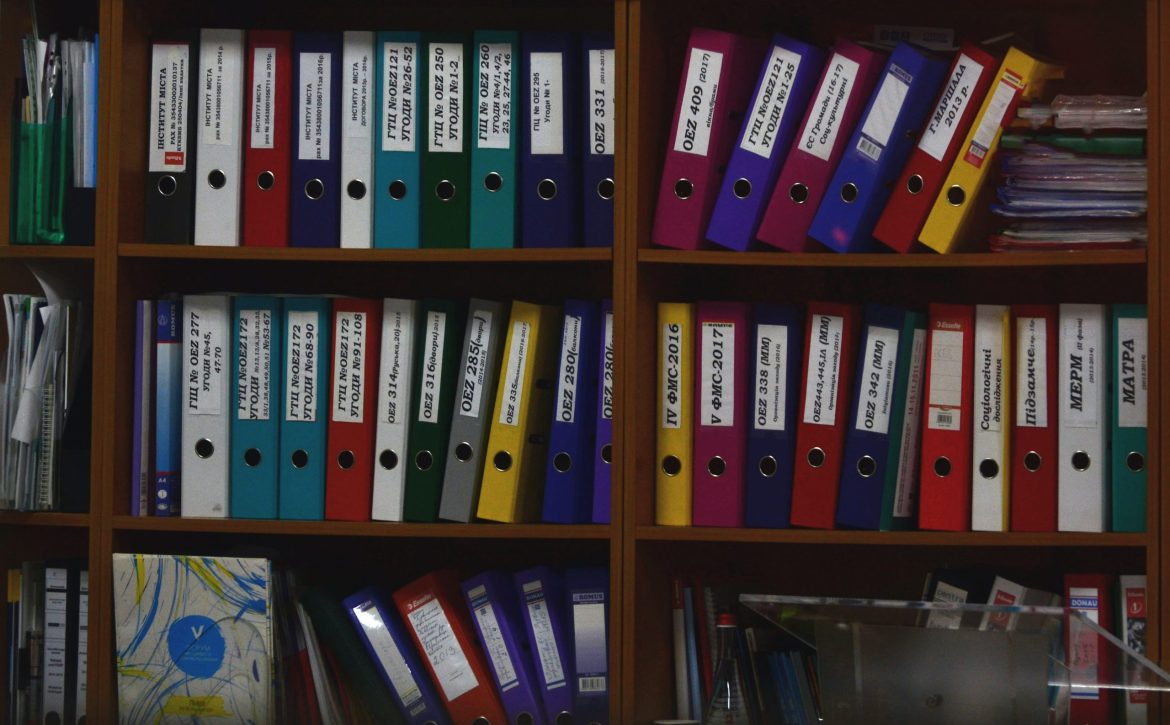As a busy business owner, we know you want to stay in the loop when it comes to emerging technology and trends as they relate to streamlining your businesses operations. We here at ScanSearch make sure we compile all of the latest news and industry developments in one helpful place to keep up with your demanding schedule.
Our friends over at information & data manager aka idm.net are the authority when it comes to laying out defining principles and today we are going over their recommendations for Records Management Best Practices.
“Records management is rarely smooth sailing – it can often feel like you’re a tiny vessel in the middle of a sea of legislation. Just when you think you’re paddling in the right direction, a wave of legislation sends you reeling. Yet records management compliance needn’t be this difficult. Enterprises make it harder for themselves by treating records management as an afterthought, instead of an intrinsic part of their everyday operations. In this article we’ll discuss the nine rules for records management best practices for implementation in your organization.
1) Prioritise Security and Privacy
One of the first priorities for any business intent on getting its house in order regarding record-keeping, is to ensure strict data security and privacy measures are in place. If security is lax, your data could be vulnerable to a breach. A data leak could have huge monetary repercussions whilst also creating a host of PR problems. It is incumbent upon businesses to safeguard their records and treat client data and information with the security that it deserves.
Without the right security measures in place, cybercriminals can not only access your records but also install malware into your systems which could capture your clientele’s vital data. Responding to security alerts should be considered an integral part of records management best practices. Just recently, the Marriott hotel chain was subject to a data breach that resulted in details of 500 million guests being stolen, which could cost the company $US200 million.
Your electronic document and records management system (eDRMS) should have strong inbuilt security features to keep information secure, with encryption of data in transit through a strong SSL connection.
Accessibility is another key component of security and privacy, which can be broken down into two parts; appropriate user access levels within an organisation and discoverability/usability of information to support business activities. Organisations must ensure that sensitive, private or classified information can only be accessed by specific individuals with appropriate permissions.
Making information easy to find and use not only significantly impacts organisational efficiency, it is also one of the Digital Continuity Principles introduced by the National Archives of Australia to ensure digital information is discoverable, accessible and usable.
Processes and safeguards should also be in place to prevent any unauthorised destruction or deletion of registered physical and digital records as well as their associated metadata. Using an electronic document and records management system (eDRMS) will assist in recording, tracking and monitoring records.”
Want to read more? Head over to idm.net and check out Raelene Bennett’s expansive article that covers the rest of the principles you need to know in order to best handle your records management procedures.
Learn More


